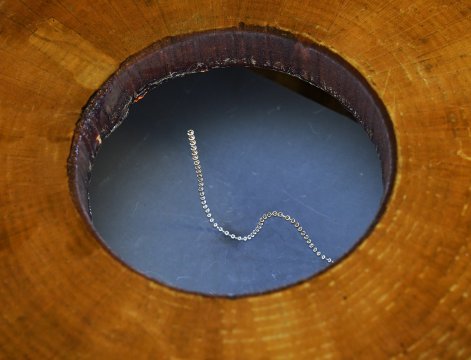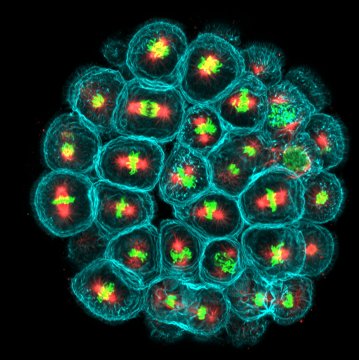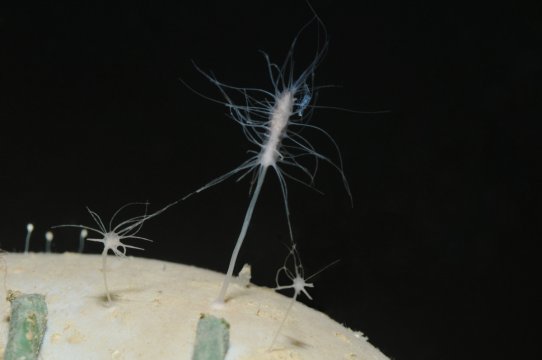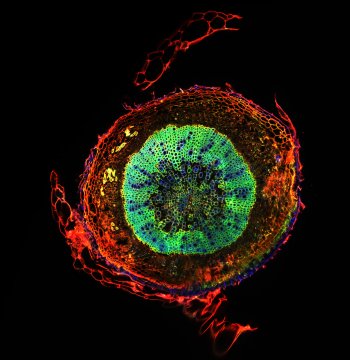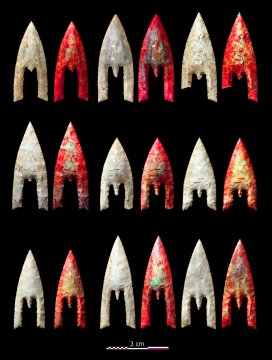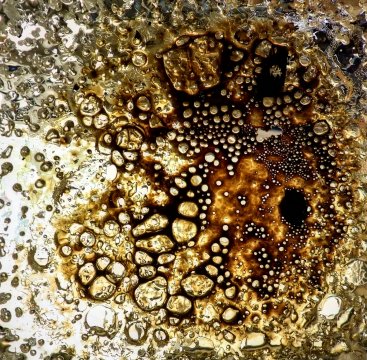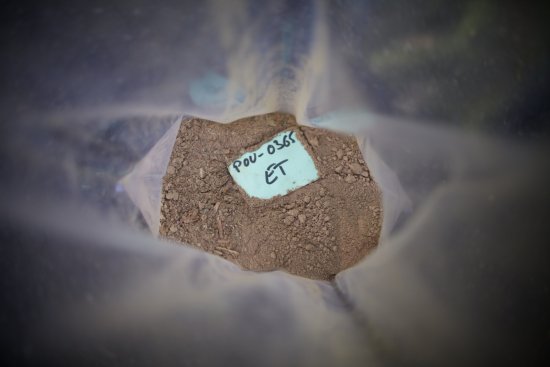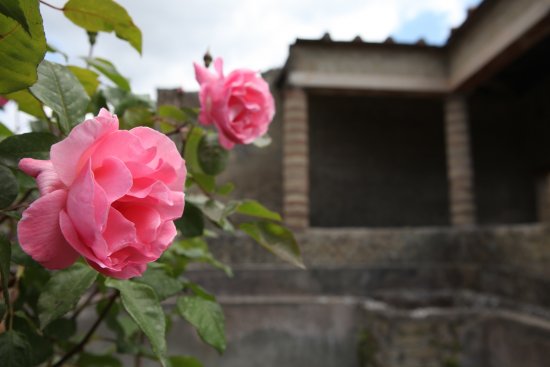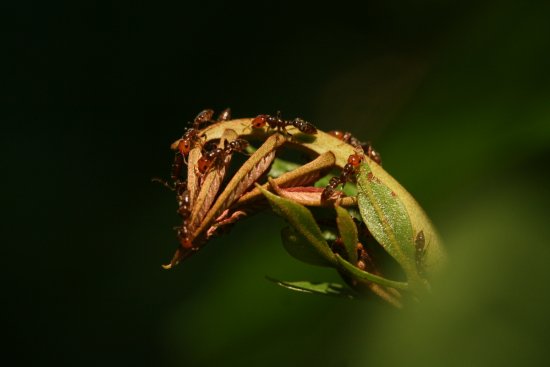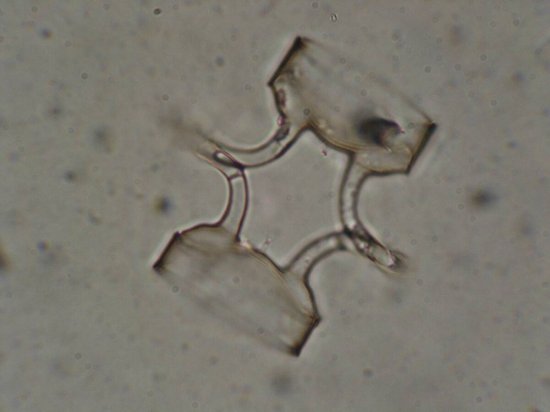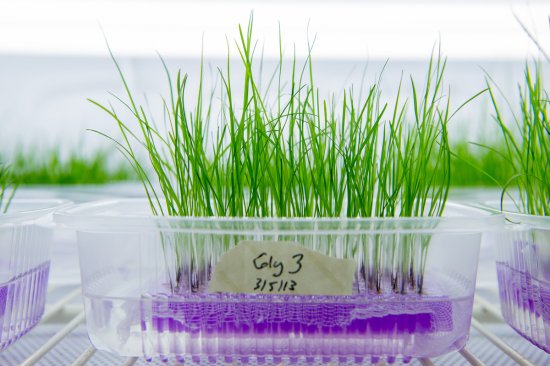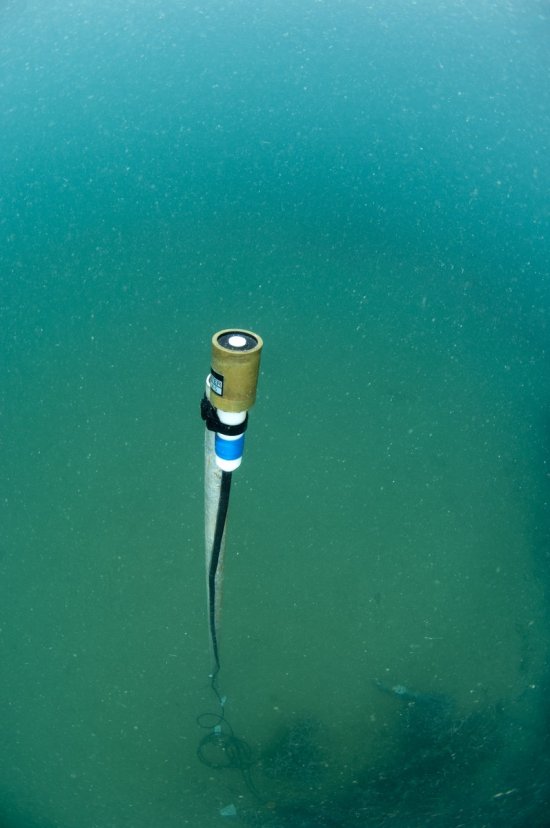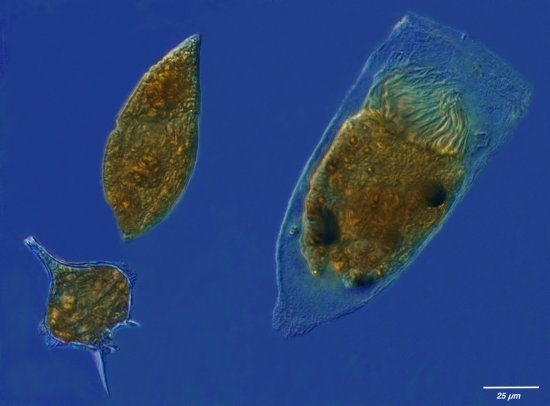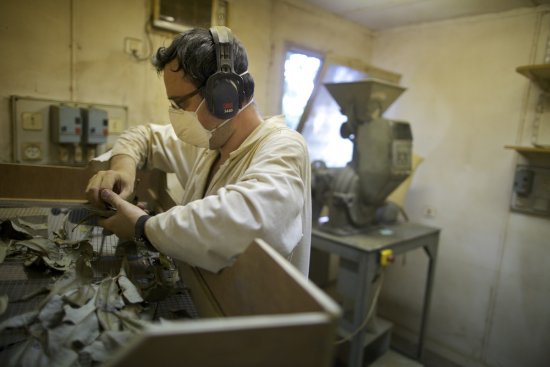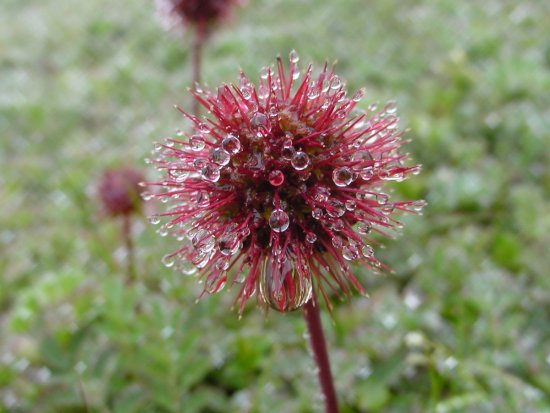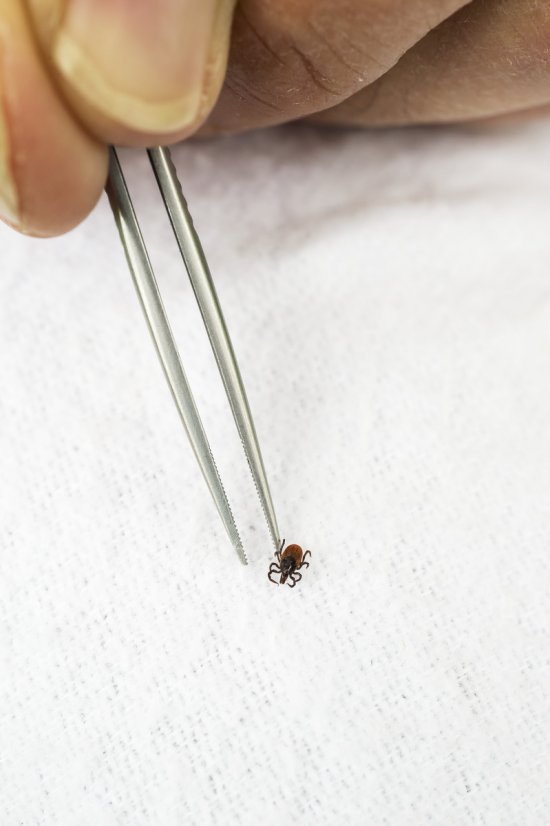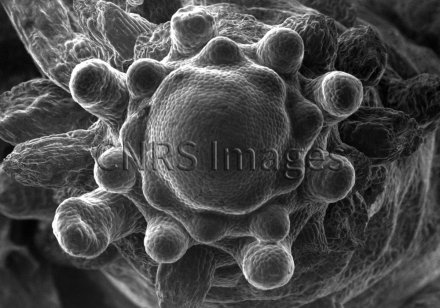
© Stéphanie HALLET / Fabrice BESNARD / RDP / CNRS Images
Reference
20230104_0018
Tentacular budding
These tentacles reminiscent of some terrifying deep-sea monster turn out to be completely harmless. This is in fact the tip of a stem of Arabidopsis thaliana, a species in the same family as mustard and used as a model plant by geneticists. The image, magnified 300 times with an electron microscope, reveals the flowering process in a specimen carrying a genetic mutation. As a result, instead of producing normal flowers at intervals of 137°, the plant generates these irregularly-arranged tentacular structures. By studying this mutant, scientists hope to understand the cellular mechanisms that control the development of geometric shapes in plants.
The use of media visible on the CNRS Images Platform can be granted on request. Any reproduction or representation is forbidden without prior authorization from CNRS Images (except for resources under Creative Commons license).
No modification of an image may be made without the prior consent of CNRS Images.
No use of an image for advertising purposes or distribution to a third party may be made without the prior agreement of CNRS Images.
For more information, please consult our general conditions
